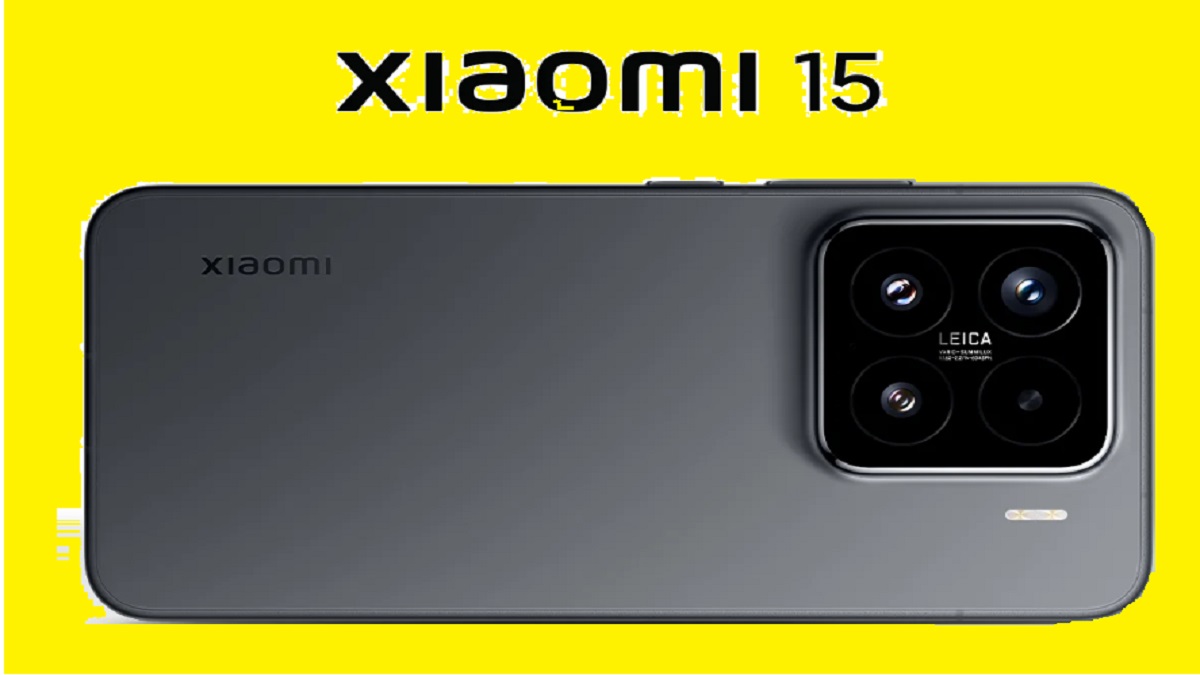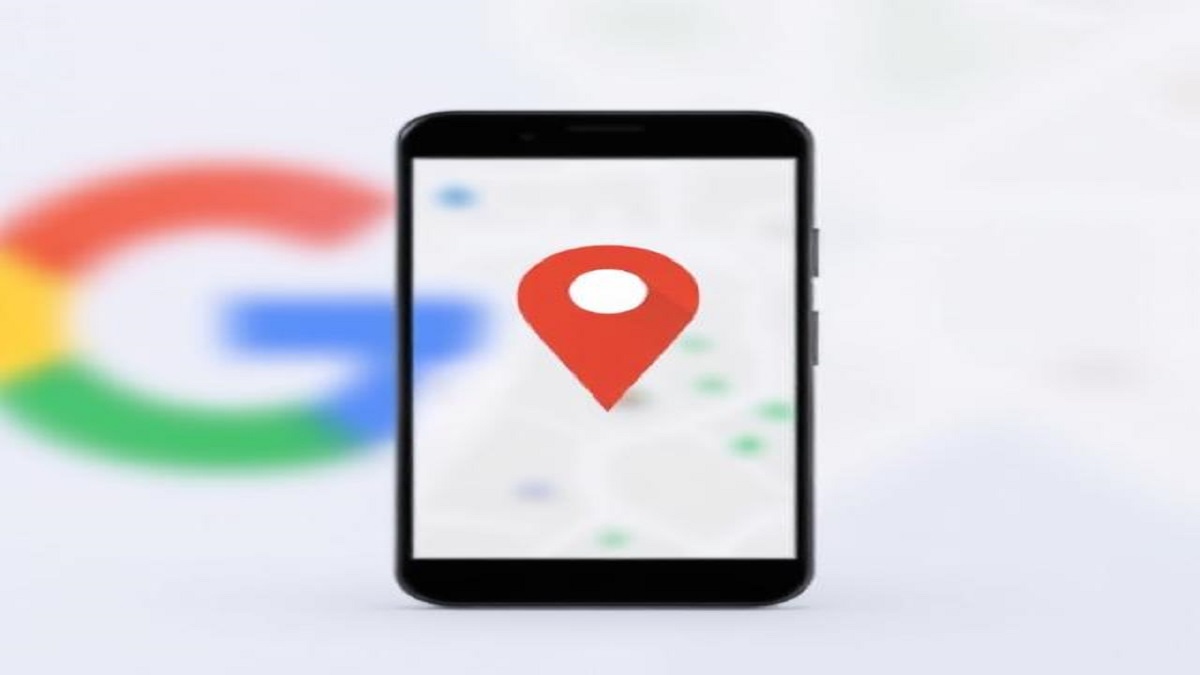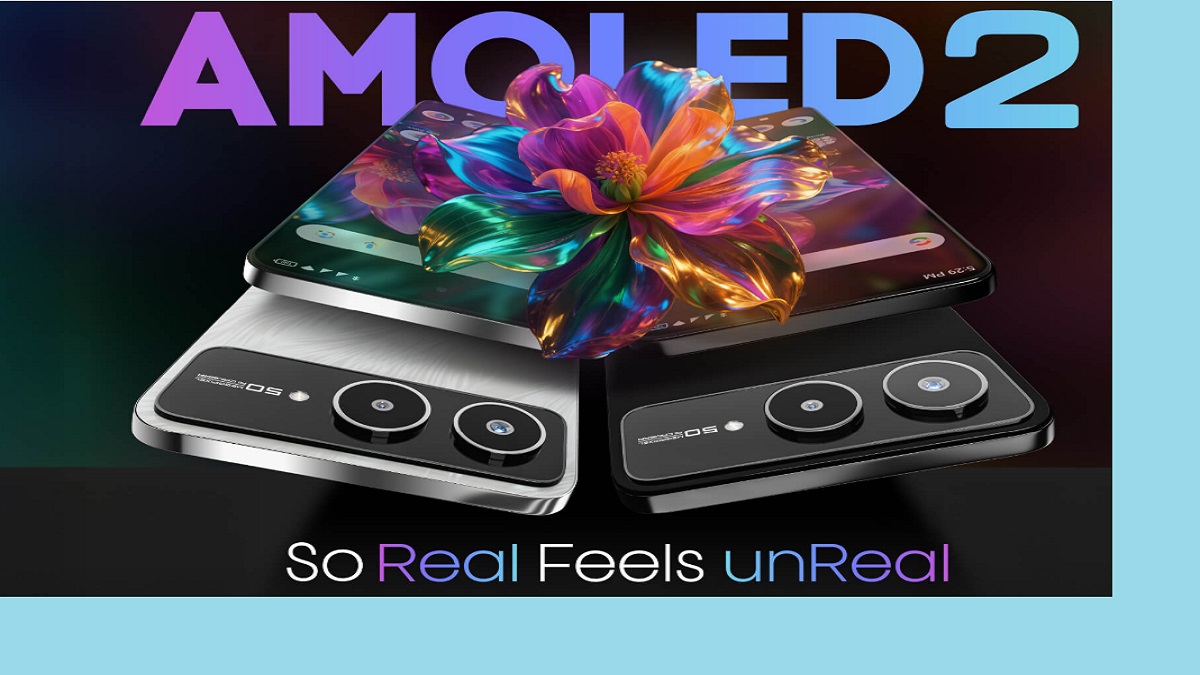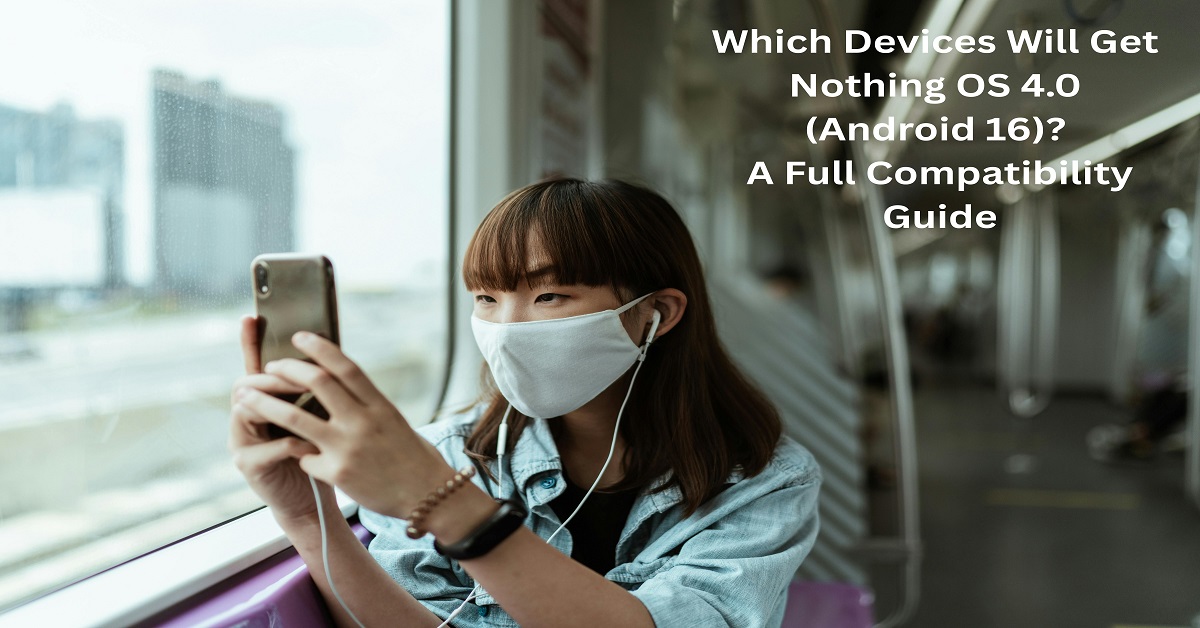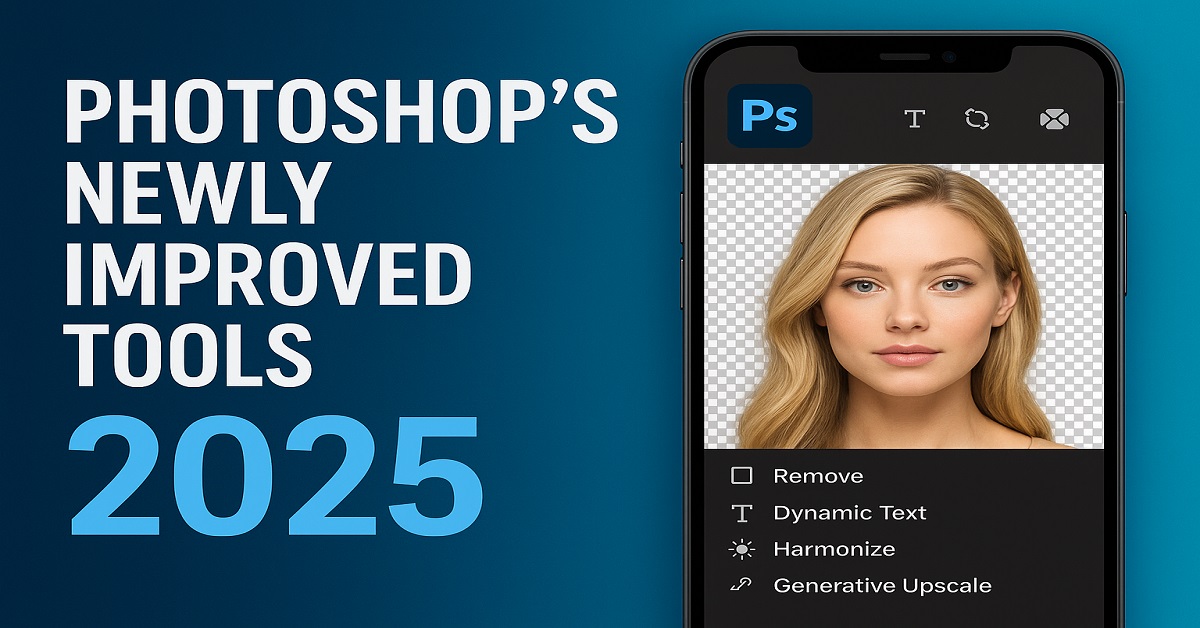The Next Giant Leap in Smartphone Photography
Imagine pointing your iPhone at a dimly lit street and capturing a photo so vivid, it looks like your own vision—no noise, no blur, just pure clarity. According to a recent reports Apple is developing a breakthrough camera system that mimics the human eye’s ability to adapt to light, focus instantly, and perceive depth naturally.
But how close are we to this sci-fi future? In this deep dive, we’ll explore:
- The secret sensor tech behind Apple’s “human-eye” camera
- How it could crush competitors like Samsung and Google Pixel
- Real-world applications—from night photography to augmented reality
- When we might see it (iPhone 17 Pro? Or later?)
Let’s zoom in.
1. How Does the Human Eye Work—And Can a Phone Really Copy It?
A) The Biology of Vision
- Dynamic Range: Your eye adjusts instantly between bright skies and dark shadows.
- Low-Light Sensitivity: Rod cells detect faint light (like stars).
- Autofocus: The lens changes shape in milliseconds.
B) Apple’s Tech Breakthrough
- Adaptive Pixel Sensor: Combines large pixels (for light) and small pixels (for detail).
- Neural Focus: AI predicts focus shifts before you move (like eye tracking).
- LiDAR 2.0: Measures depth at 100,000 points per second (vs. 30,000 in iPhone 15 Pro).
Expert Take:
“This isn’t just better HDR—it’s a fundamental rethinking of computational photography.”
— Marc Levoy, ex-Google Pixel Camera Lead
A) Night Mode That Beats Your Eyes
- Leaked Specs: 0.001 lux sensitivity (darker than moonlight).
- Real-World Test: A prototype captured the Milky Way without a tripod.
B) “Always Perfect” Focus
- AI Trick: The camera pre-focuses on eyes/pets before you tap.
- Use Case: Never miss a toddler’s smile again.
C) 3D Photos for Vision Pro
- Spatial Video 2.0: Shoot hologram-like clips viewable in Apple Vision Pro.
3. How It Stacks Up Against Android Rivals
| Feature | iPhone (2026 Prototype) | Samsung S25 Ultra | Google Pixel 10 Pro |
|---|---|---|---|
| Low-Light | 0.001 lux detection | 0.5 lux | 0.3 lux |
| Autofocus Speed | 1ms (AI-predicted) | 5ms | 3ms |
| Depth Mapping | LiDAR 2.0 (100K pts/sec) | ToF sensor (50K pts) | AI-only (no LiDAR) |
Verdict: If Apple delivers, Android may spend years catching up.
4. The Road Ahead: Challenges & Predictions
A) Will It Fit in an iPhone?
- Current prototypes are 30% thicker—will Apple compromise on design?
B) Privacy Concerns
- Cameras this powerful could see in near-total darkness through windows.
C) Release Date?
- Likely: iPhone 17 Pro (2025) or iPhone 18 Pro (2026).
Conclusion: The End of Traditional Photography?
Apple’s “human-eye” camera could make today’s smartphones feel like point-and-shoot relics. The question isn’t if it’ll happen—but how soon.
Final Thought:
Your next iPhone might not just capture memories… but recreate how you actually saw them.

